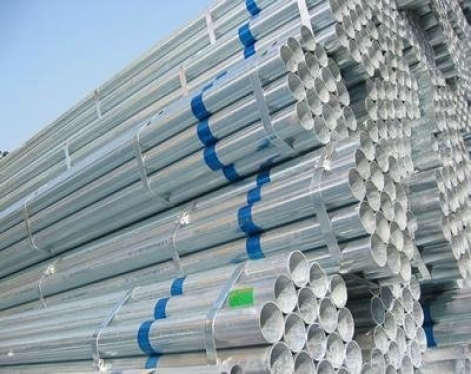
Plastic-coated steel pipes, also known as film-coated pipes, steel-plastic composite pipes and film-coated composite steel pipes, are steel-plastic composite steel pipes based on steel pipes. Through spraying, rolling, soaking, suction and other processes, the plastic anti-corrosion layer is welded on the inner surface of the steel pipe (bottom pipe) or the inner and outer surfaces are welded with a plastic anti-corrosion layer.
Read more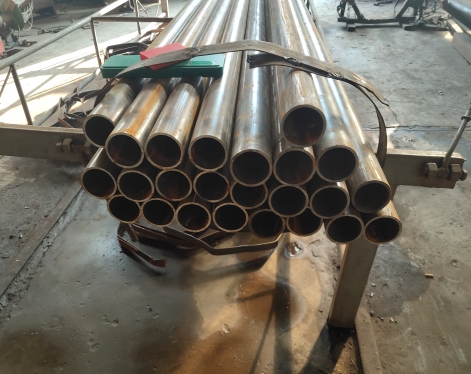
As a large class of welded pipes, straight seam steel pipes are made of steel strips, welded by straight seam high-frequency welding technology, and the weld seam is parallel to the steel pipe longitudinally. According to the production process, straight seam steel pipe can be divided into high frequency straight seam steel pipe (ERW pipe) and submerged arc welded straight seam steel pipe (LSAW pipe). After the welding of the straight seam steel pipe is completed, a hydrostatic test will be carried out for water and gas transmission.
Read more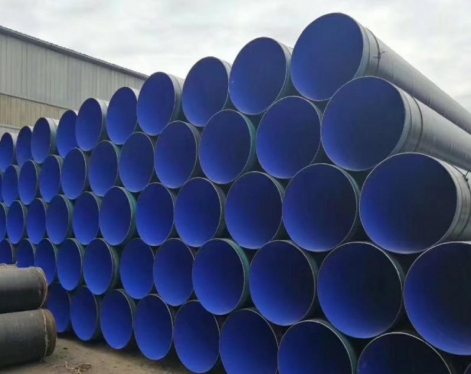
Anti-corrosion steel pipe refers to steel pipes that have been processed by anti-corrosion technology, which can effectively prevent or slow down the corrosion phenomenon caused by chemical or electrochemical reactions during transportation and use. The substrate of anti-corrosion steel pipe can be seamless pipe, welded steel pipe, etc.
Read more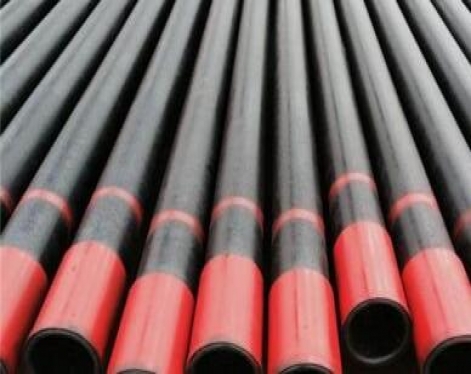
Petroleum tubes are furnace tubes, heat exchangers and seamless steel tubes suitable for petroleum refineries.
Read more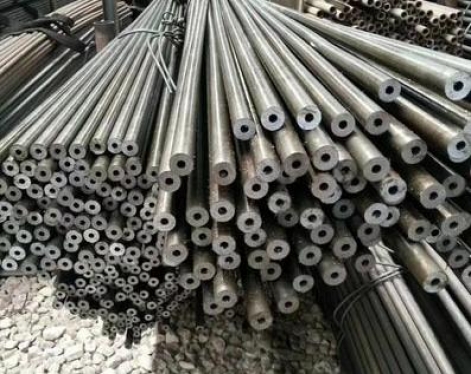
Precision tube is a high-precision, high-brightness seamless steel tube produced by cold drawing or cold rolling. Its inner and outer diameters can be accurate to within 0.2mm. While ensuring bending and torsional strength, it is light in weight, so it is widely used in the manufacture of precision mechanical parts and engineering structures. It is also commonly used to produce various conventional weapons, barrels, shells, bearings, etc.
Read more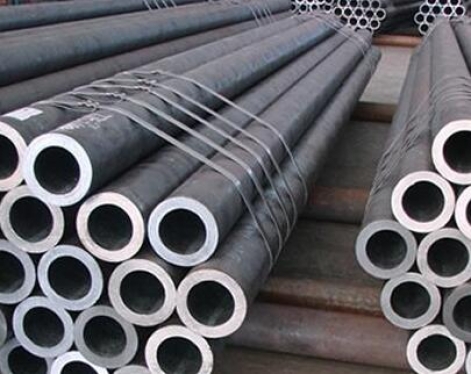
The so-called carbon steel pipe actually refers to the fact that the mechanical properties depend on the carbon content in the steel pipe. Generally, steel pipes that do not add a large amount of alloy elements are also called ordinary carbon steel pipes or carbon steel pipes, which refer to iron-carbon alloy pipes with a carbon content of less than 2%. In addition to carbon, carbon steel pipes also contain a small amount of silicon, manganese, sulfur and phosphorus.
Read more